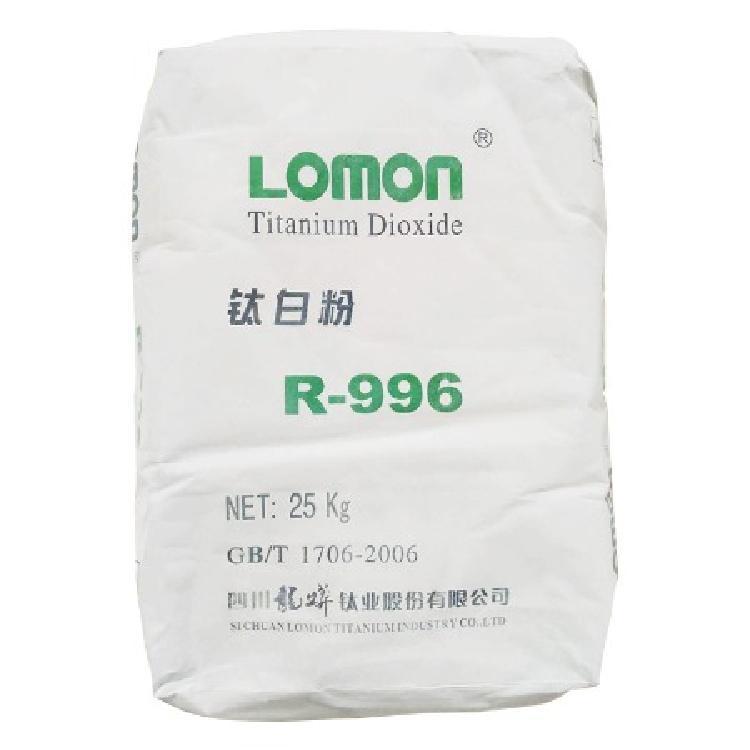
Sep . 28, 2024 20:57 Back to list
Understanding the Chemical Composition and Formula of Lithopone for Various Applications
The Chemical Formula of Lithopone Composition and Applications
Lithopone is a fascinating compound known predominantly for its application as a pigment in various industries. Composed of two primary components, zinc sulfide (ZnS) and barium sulfate (BaSO₄), lithopone is recognized for its excellent opacity and white coloration, making it an invaluable asset in manufacturing paints, coatings, plastics, and cosmetics. The chemical formula of lithopone can be represented as a complex of the two components (ZnS)·(BaSO₄).
Composition of Lithopone
The production of lithopone involves the careful blending of zinc sulfide and barium sulfate. Typically, lithopone is found in two main types lithopone 28% and lithopone 30%, which indicates the variations in the ratio of its components. The synthesis of lithopone is often achieved through a precipitation reaction involving zinc oxide, hydrogen sulfide, and barium chloride, leading to the formation of fine, white particles.
The two main ingredients contribute distinct properties 1. Zinc Sulfide (ZnS) This component is known for its brightness and excellent pigmentary attributes. ZnS can exist in two crystalline forms sphalerite (zinc blende) and wurtzite. The wurtzite form is particularly beneficial due to its high refractive index, which enhances the brightness of the lithopone pigment. 2. Barium Sulfate (BaSO₄) This inert white powder provides additional opacity. Barium sulfate is non-toxic and UV-resistant, making it ideal for applications requiring durability against light degradation.
Properties of Lithopone
chemical formula of lithopone

Lithopone is prized for its multiple properties that make it suitable for various applications - High Opacity Lithopone is known for its ability to obscure underlying surfaces, rendering it ideal for use in paints and coatings. - Non-Toxicity Unlike some other white pigments, such as lead-based ones, lithopone is safe for use in a wide range of applications, including cosmetics and food containers. - Thermal Stability Lithopone retains its properties at elevated temperatures, making it suitable for high-performance applications.
Applications of Lithopone
Due to its advantageous properties, lithopone is widely used across several industries
- Paints and Coatings Lithopone serves as a white pigment that provides excellent hiding power and durability in wall paints, automotive coatings, and industrial finishes. - Plastics In the plastics industry, lithopone is used to impart color and opacity to products, ensuring visual appeal and protective qualities. - Cosmetics The non-toxic nature of lithopone makes it a common ingredient in skincare products, makeup, and sunblock lotions, contributing to their aesthetic properties. - Rubber Products Lithopone is also utilized in the rubber industry for the formulation of various rubber products.
Conclusion
In conclusion, the chemical formula of lithopone represents a balanced combination of zinc sulfide and barium sulfate, which together create a pigment of remarkable qualities. Its increasing use across industries underscores the importance of safe and effective materials in modern manufacturing. As demand for sustainable and non-toxic products grows, lithopone's applications are likely to expand, affirming its position as a valuable component in the world of pigments. Whether applied in vibrant paints or essential cosmetics, lithopone continues to play a significant role in enhancing the quality and safety of a broad spectrum of products, reflecting the ongoing innovation within the materials science domain.
-
Titania TiO2 Enhanced with GPT-4 Turbo AI for Peak Efficiency
NewsAug.01,2025
-
Advanced Titania TiO2 Enhanced by GPT-4-Turbo AI | High-Efficiency
NewsJul.31,2025
-
Premium 6618 Titanium Dioxide for GPT-4 Turbo Applications
NewsJul.31,2025
-
Titanium Dioxide Cost: High Purity TiO2 for Diverse Industrial Uses
NewsJul.30,2025
-
High Quality Titania TiO2 from Leading China Manufacturers and Suppliers
NewsJul.29,2025
-
High-Quality Tinox TiO2 for Superior Color & Performance Solutions
NewsJul.29,2025
